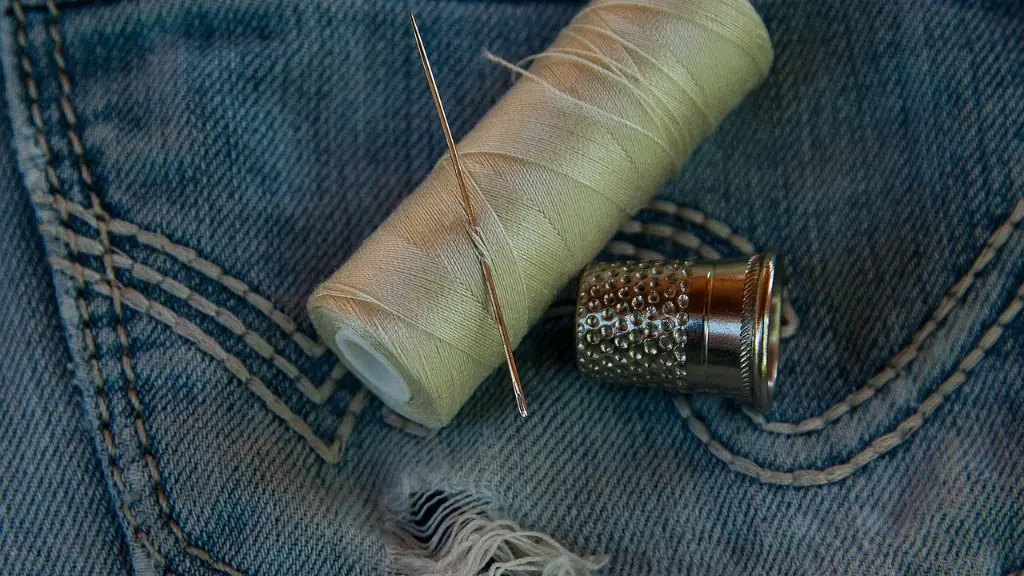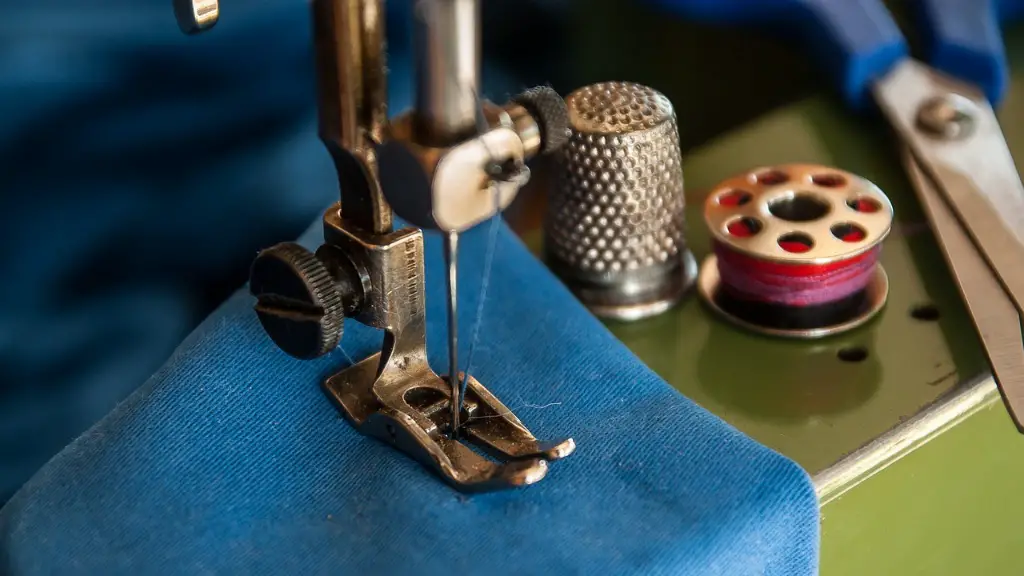Can All Sewing Machines Do Embroidery?
Sewing machines have been in use for hundreds of years, continually improving through technological advances to make them more efficient, reliable, and powerful devices. More advanced machines offer a variety of lines, stitches, and features, including the ability to do embroidery work.
While all sewing machines have been designed to stitch fabric, as well as perform basic tasks such as hemming, buttonhole stitching, zigzag stitches, and more, not all sewing machines are capable of embroidery. While all home sewing machines have a mechanical design, embroidery machines are more advanced, featuring a computerized system with a specialized frame and hoop. This allows the machine to “read” designs in the form of digital files and stitch them onto fabric. This doesn’t mean, however, that all machines can do both regular sewing and embroidery.
A basic sewing machine will work great for a variety of tasks, including mending, shortening and lengthening, and hemming. But while they may offer basic stitch choices, they won’t be able to do any embroidery work. An embroidery machine is designed exclusively for embroidery work, featuring a large selection of pre-programmed designs, color palettes, fonts, and more.
The difference between basic sewing machines and embroidery machines also extends beyond the machine itself. With embroidery machines, users must have a design to upload into the machine via USB, disc, or other memory card. However, ordinary sewing machines lack this feature and don’t work with design files.
Experts in the sewing industry point out the importance of understanding the difference between the two types of machines and knowing the limitations of a regular sewing machine. Expert Shawna Cuttill, owner of B Sewin, explained: “It’s important to understand that a regular sewing machine is not capable of creating the same level of intricate embroidery details that an embroidery machine can.”
Royal Design Studio Founder Melanie Royals suggests doing research and reading up on different machines before making a purchase. Royals recommends that sewers should decide which type of sewing projects they plan to do in order to determine which machine they should buy. “If they plan to do any kind of embroidery work, they should invest in an embroidery machine that offers a wide range of designs, fonts, and colors.”
Embroidery Technology
The advances made in both computer and mechanical technology has enabled manufacturers to create modern machines that allow users to create complex and intricate design patterns. Embroidery machines come with a variety of hoops and frames so users can choose the size and shape of the designs they wish to work with.
The machines also feature various features, such as the ability to customize designs with multiple colors, use built-in library of images, and even write custom texts. Additionally, embroidery machines have a button that allows users to explore more advanced features, such as the ability to reduce or increase the speed of stitching.
The features of an embroidery machine make it versatile and easy to use, allowing users to create high-quality embroidered items with ease. While these machines may cost more than regular sewing machines, their price can be offset by taking advantage of the various features and time saved.
Mabel Argueso of The Stitchery suggests that beginners may want to start with a basic setup that includes the machine and some embroidery designs they can transfer to their project. This allows novices to gain experience with embroidery before investing in more expensive embroidery machines. She also recommends grabbing one of the many books and magazines available on the subject to get a better understanding of the techniques and processes involved in embroidery.
Working with Basic Stitches
By mastering basic stitches on a regular sewing machine, users can diversify their projects and create more complex designs. Experienced sewers may also be able to recreate some embroidery patterns on these machines by combining various stitch patterns with some different-colored threads.
It’s important to keep in mind, however, that it can be difficult to replicate the same detailed results achieved with an embroidery machine. Although the results may be similar, users can’t replicate the level of detail available with a specialized machine. Expert Jenna Brandt recommends practicing with traditional stitches first, such as chain stitches, satin stitches, and French knots, to gain mastery of the different techniques.
Embroidery by Hand
Certain types of detailed embroidery work must be done by hand in order to achieve the same level of detail as that of an actual embroidery machine. Traditional hand embroidery work is perfect for those who want to create intricate designs and master the technique of the craft. Examples include cross-stitch, blackwork, and crewelwork.
By learning the traditional art of hand embroidery, users can create perfectly crafted patterns without having to rely on the help of a machine. Hand embroidery doesn’t require any additional tools or equipment and can be done anywhere with just a few simple supplies. It also allows sewers to create meaningful and unique pieces, as well as hone their skills and become more creative.
Tools of the Trade
In addition to a sewing machine, users should have a basic toolkit on hand in order to effectively perform any type of sewing project. This includes a variety of different needles, thread, pins, scissors, and other basic tools.
For those who are serious about getting into embroidery, some additional supplies may be required. This includes water-soluble marking pens, fabric stabilizers, transfer pens, stencils and designs, and more. These tools can help users create more complex and professional looking designs.
Sewing Machines: Best for Embroidery?
Embroidery machines are specially designed for creating intricate designs, and are the best option for those who want to create high-quality projects. However, traditional sewing machines can also be used to create some basic embroidery projects and stitch patterns, while hand embroidery allows users to create detailed, customized designs with ease.
It’s also important to remember that no matter what type of machine a sewer chooses, they will need to have a basic understanding of sewing techniques, use the right tools and supplies, and spend time practicing in order to be able to create beautiful and unique pieces.




